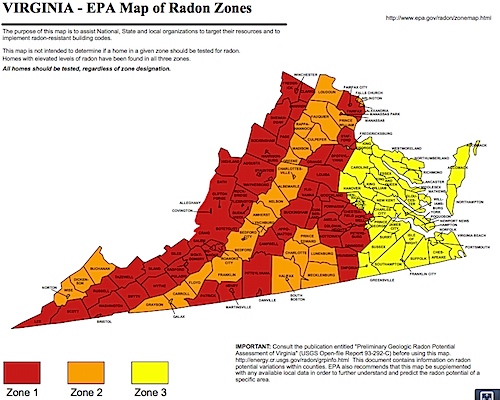The Blue Ridge Area Food Bank has been one of my family’s preferred charities for a few years; they do tremendously important work in the Charlottesville area.
When the folks at Charlottesville 29 food blog reached out to me about my writing a story about the dinner, my first question was – how much of the $250 per ticket goes to the Food Bank? The answer:
The entire $250 goes directly to the food bank. The chefs are donating their time, and we’ve got lots of purveyors donating food and wine (The Rock Barn, Caromont Farm, Rappahannock Oyster Co., Blenheim, Trump, etc). Any additional expenses will be covered by a donation from my law firm. So, every penny of ticket sales goes to the Food Bank.
That makes for some nice, easy math. $250 x 100 tickets = $25,000 which equals 100,000 meals. So I bought two tickets. As of this writing, there are 33 tickets left.
With your support we will provide healthy, nutritious food to more than 119,000 children, families and individuals every month. Every dollar you give will provide 4 meals! And since we expect to provide more than 16 million meals this year, we need your help!
From Charlottesville 29 blog:
Last year, five chefs were named to the Mt. Rushmore of Charlottesville chefs for their extraordinary contributions to the Charlottesville dining scene: Craig Hartman, Angelo Vangelopoulos, Melissa Close-Hart, and the duo of Tim Burgess and Vincent Derquenne. On April 13, the birthday of Charlottesville’s original gourmand Thomas Jefferson, these elite chefs will come together at The Space Downtown for a once-in-a-lifetime Charlottesville culinary experience, honoring their achievements.
After a reception of the chefs’ hors d’oeuvres, guests will sit down for dinner — a set menu of five courses, each prepared by a different Mt. Rushmore chef. Wines will be paired with each course.
If you can, please consider donating to the Blue Ridge Area Food Bank. You can buy tickets to the dinner here.



